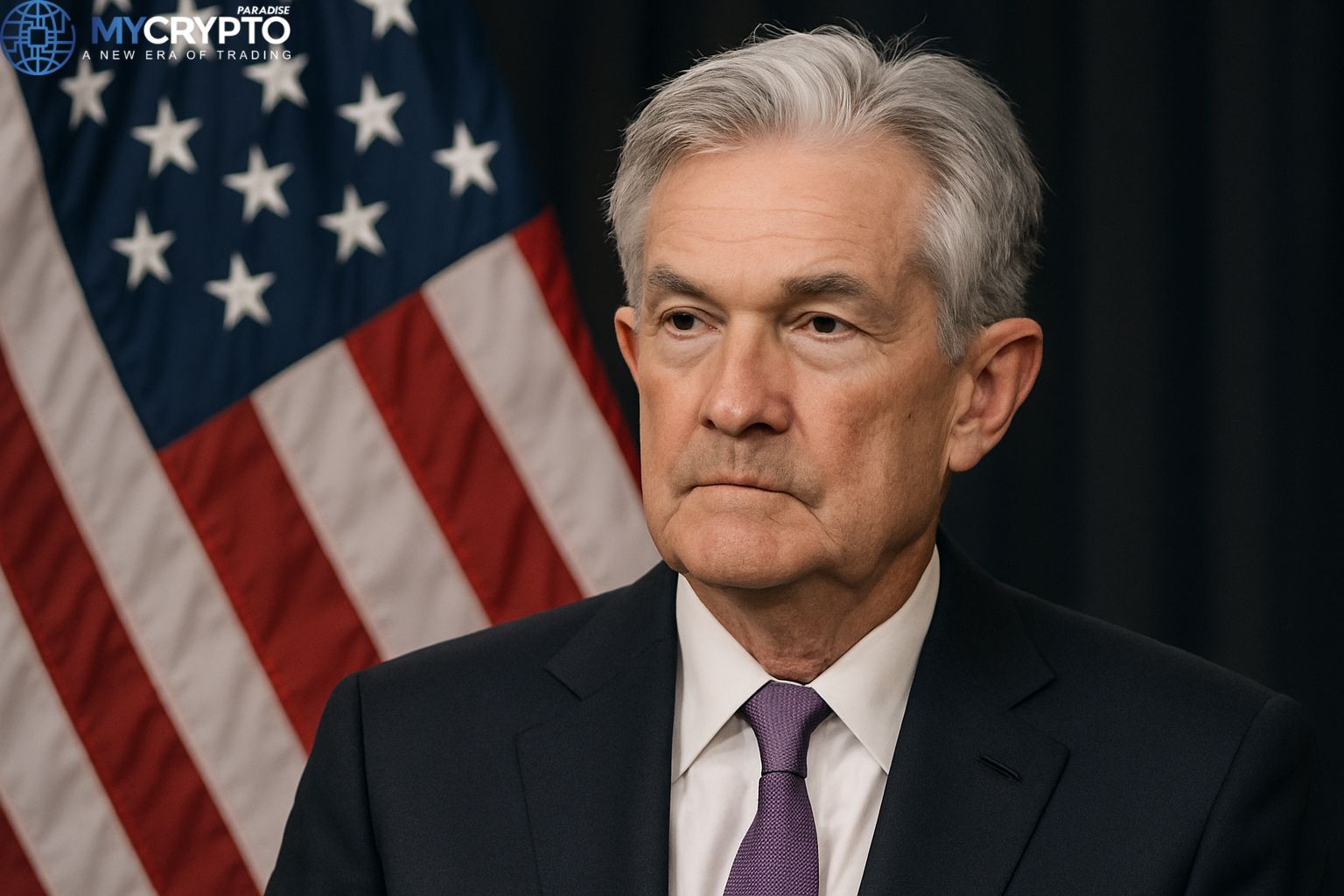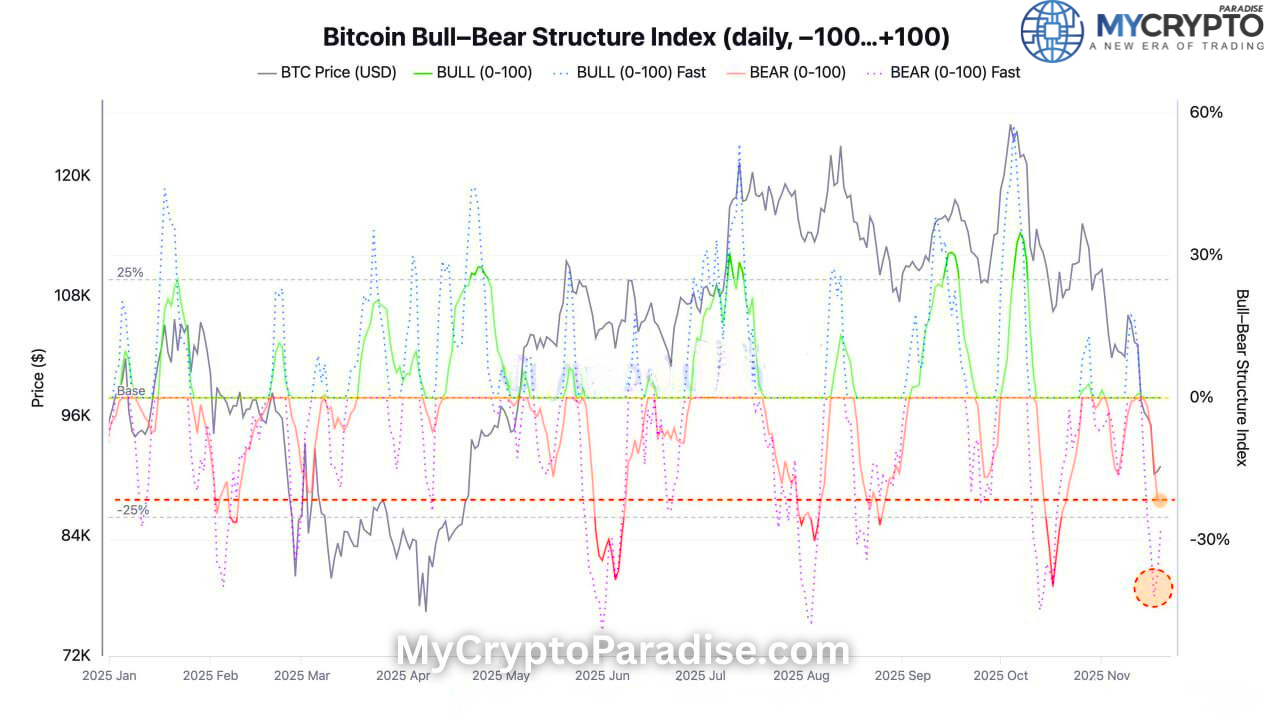Key Highlights:
- Japan’s top three banks, Mitsubishi UFJ, Sumitomo Mitsui, and Mizuho, are joining forces for Project Pax, aiming to revolutionize cross-border payments with stablecoins.
- The stablecoin market, currently at a modest $160 billion, could balloon to $2.8 trillion by 2028, reshaping the global economy along the way.
Yello Paradisers! It seems Japan’s top three banks, Mitsubishi UFJ, Sumitomo Mitsui, and Mizuho, have decided it’s high time to drag cross-border payments into the 21st century, using none other than stablecoins.
Cue Project Pax, a daring new venture that promises to make international money transfers faster, cheaper, and, perhaps most importantly for those of us living in the age of instant gratification, available 24/7. Yes, folks, gone are the days of waiting for your money to crawl across borders like it’s stuck in a Tokyo traffic jam.
With the cross-border transfer market valued at a whopping $182 trillion in 2022, it’s a bit of an elephant in the room. Sure, it’s lucrative, but it’s also clunky, expensive, and often about as transparent as a sumo wrestler in a fog. But that’s where stablecoins come in.
These blockchain-based digital tokens are like the well-behaved younger sibling of volatile cryptocurrencies, pegged to real-world assets like the U.S. dollar. The idea is to smooth out the headaches of international transfers while keeping banks’ existing infrastructure largely intact. No need to toss out the old systems; instead, they’re just adding a turbo-charged engine.
Enter Project Pax: A New Era for Payments
So, what’s this Project Pax all about? Well, it’s not some sci-fi film where AI takes over the world (though give it time). Instead, it’s a platform designed to settle cross-border payments using stablecoins, all while leveraging Swift’s API framework, so no, banks won’t have to rip up their systems and start fresh. This means businesses can transfer funds across the globe with lower fees, fewer migraines, and without having to decipher blockchain mumbo jumbo.
The pilot phase will kick off soon, but the full rollout won’t hit until 2025, so don’t go throwing your SWIFT numbers out just yet. The project will be compliant with Anti-Money Laundering (AML) and Countering the Financing of Terrorism (CFT) regulations, because, let’s face it, nobody wants to accidentally fund a Bond villain while trying to send money to Aunt Mildred.
Stablecoins: The Future, But With Room to Grow
While this all sounds revolutionary, let’s not get ahead of ourselves. Stablecoins currently represent a market cap of around $160 billion, a mere drop in the ocean compared to the $2.8 trillion they could grow to by 2028. Sure, they’ve mostly been used for crypto trading so far, but now they’re dipping their toes into the “real world,” with potential to reshape how we think about money.
Don’t just take it from me, take it from Jeremy Allaire, CEO of Circle (aka Tether’s biggest rival), who’s positively giddy about the future. He predicts stablecoins will be everywhere by 2025. And when someone as deep in the game as Brad Garlinghouse of Ripple is also eyeing Japan for stablecoin domination, you know things are heating up.
The takeaway? While Project Pax may not change the world overnight, it’s setting the stage for a future where transferring money across borders could be as easy as sending a meme. And that, dear reader, is progress worth celebrating.













